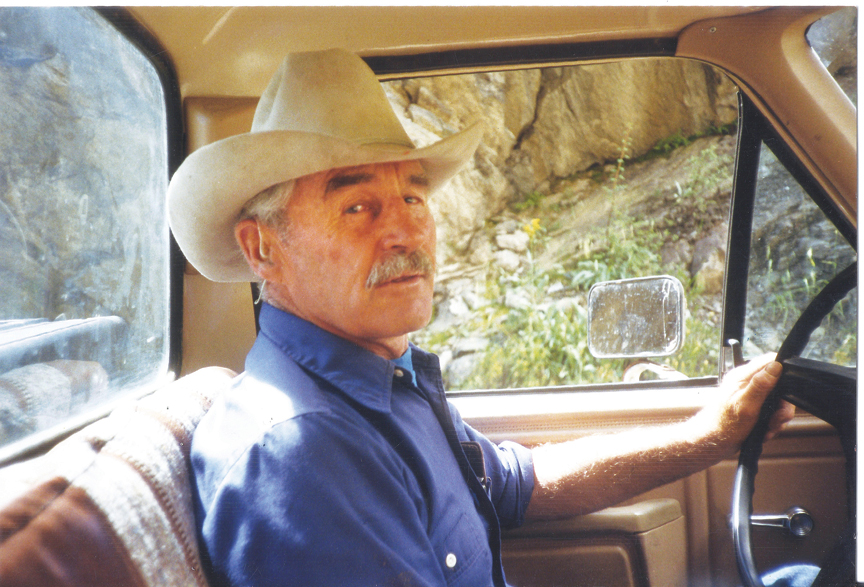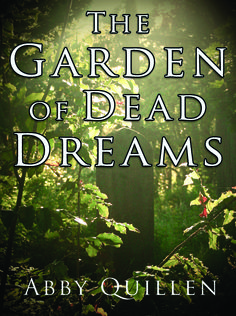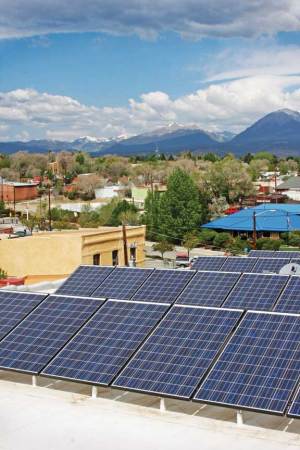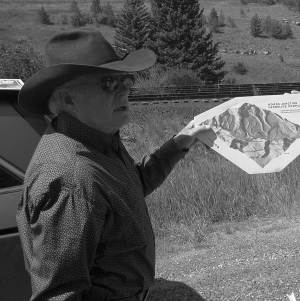By Betty Plotz
Salida area rancher, veterinarian, historian and pioneer Wendell “Doc Hutch” Hutchinson died on Sept. 20, 2014, just five days short of his 90th birthday.
His great-grandfather, Joseph Sykes Hutchinson, came to Colorado in 1866 after being wounded during the Battle of Vicksburg during the Civil War. Joseph began as a prospector near Granite but eventually became involved in the cattle trade. In 1868, he and his new wife, Annabelle, bought a homestead about three miles east of South Arkansas. By the 1870s, the Hutchinson ranching operation had grown to include 5,000 head of cattle that ranged over meadows in the San Luis Valley, Marshall Pass, South Park, Leadville and Westcliffe.
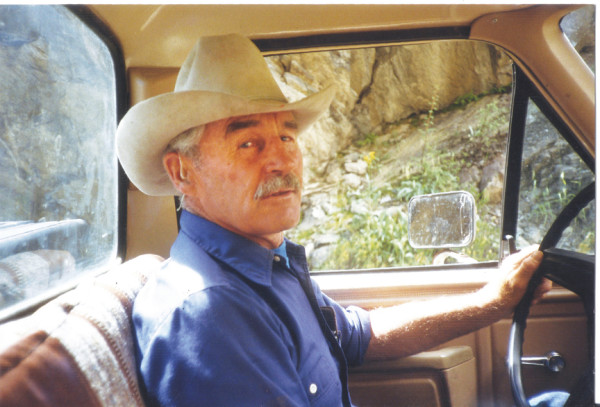
Wendell was born on the ranch in 1924 to Mills Alva Hutchinson and Myrtle Luise Burkhart Hutchinson and was living there at the time of his death.
As one of Wendell’s caregivers, taking care of him was one of the highlights of my life. He was always ready with an old cowboy song, a poem, a story about the ranch, a vet procedure or a historical tidbit about the Upper Arkansas Valley. Yet I never heard him complain about his increasingly invasive physical limitations.
Wendell’s physical restrictions began at an early age when a local doctor accidentally punctured his left ear drum, causing deafness. During adolescence, Wendell fell on a willow twig while irrigating and “poked out his left eye.” For most of his life, his remaining ear required a hearing aid. As he aged, macular degeneration stole what was left of his sight.
Most people weren’t even aware of Wendell’s limitations. He rose to the occasion in various situations. Whether it was giving a goat a penicillin shot out in the parking lot, checking pregnant calves, explaining confusing water laws or showing historical slides, he never considered himself handicapped.
Wendell grew up with two brothers on the Hutchinson Ranch east of Poncha Springs and had a strong sense of place. Early in his life, days were spent haying, gathering wood, irrigating and looking for cows up on Marshall Pass. His constant contact with animals honed his skills and would serve him well in his future as a veterinarian. He was influenced by two great-uncles, Art and Bailey, who lived next door to the house his father Mills built. His mother Myrtle was “the best cook in the world.”
Lewis Swallow was a Salida pioneer who would drive out to the ranch when he had business with the uncles, a time when a trip to the ranch was an all-day event. The three Swallow daughters would ride along and harmonize together in the car parked out on the old dirt road while they waited. Pretty soon, Mary Sue Swallow was riding her bicycle out to the ranch in hopes of getting a glimpse of Wendell. The Swallows lived in a large house across from present-day McDonalds on U.S. Hwy. 50. To Wendell’s dismay, the house was recently torn down to make way for a parking lot for a car dealership. He loved historic buildings almost as much as he loved history.
Wendell went to Colorado Agriculture and Mining College (CSU) in Fort Collins, but his education was interrupted by a stint with the Merchant Marines that found him delivering supplies to the Pacific front during World War II. When the war was over, he returned to CSU.
The Swallows spent the winter in Tempe, Arizona, and Wendell travelled there with a college friend to spend Christmas with them. On this trip he proposed to Mary Sue, and they were married in the old Presbyterian Church on Aug.17, 1949. They were a striking couple.
Wendell’s first veterinary practice after graduation was in Gunnison. This was in 1950, the year the Hutchinson Ranch nearly collapsed because of the deaths of both his uncles and his father. It wasn’t long before Wendell returned to the ranch, and he remained there the rest of his life.
Wendell and Mary Sue raised three children: Art, Andy and Lisa. During these family years, many civic duties and the far-reaching vet practice took most of his time. He travelled to Westcliffe, Buena Vista, Ute Trail and the San Luis Valley. He loved his work and was a natural. One time I saw him simply touch a cow and say, “Why, this cow starved to death.” He had developed an extra sense that went beyond his poor vision and hearing.
In 1963, he coauthored a Chaffee County family history book, along with George Everett, entitled “Under the Angel of Shavano.” He and Mary Sue were part of the original founders of The Historic Prospectors, a local history buff club, of which he was a member for over 50 years.
Civic accomplishments of which he was most proud included 26 years on the local school board, his involvement in saving the Smeltertown Smokestack, work with the Southern Colorado Water Conservancy District and the Upper Arkansas Water Conservancy District, restoration of the Hutchinson Homestead, and the historic slide show he would present with Mary Sue. She ran the projector while he talked, and when he would talk too much, she simply changed the slide and kept him on track.
His numerous local recognitions included the Heart of the Rockies Chamber of Commerce Community Service award, the Lifetime of Service award from the Chaffee County Cattlemen’s Association, and the Conservationist of the Year award from both the Upper Arkansas Soil Conservation Service and the Land Trust of the Upper Arkansas.
He was also honored by U.S. Sen. Michael Bennet with a special U.S. flag flown in his honor at the U.S. Capitol, in recognition of his land ethic values and the ongoing support of conservation easements, long-term community service, and his support of the preservation of the family’s historic homestead.
Wendell and I had a radio show when KHEN community radio first went on the air. For about four years, we arrived at the station every Tuesday morning to talk about what was going on at the ranch, to read some historic material, to talk with a guest or to just visit about history. It gave him value as his world closed in.
We have lost a vital source of history with his passing. He would often say, “It’s more fun to live in the past than the present.” Wendell was devastated with the loss of Mary Sue in 1997 to colon cancer.
To define the man would be to say that he was always interested in what you were doing, more than what he was doing. Wendell would meet a total stranger and within minutes would know his life history. He had faith in people. It’s an old, overused adage, but he made you want to be a better person. He was a friend. Perhaps that’s the ingredient that holds it all together.
Betty Plotz (AKA Grandma Bea Bea) worked as a caregiver at the Hutchinson Ranch between 2001 and 2006. She is presently retired and spends time reading history and staining the deck.

